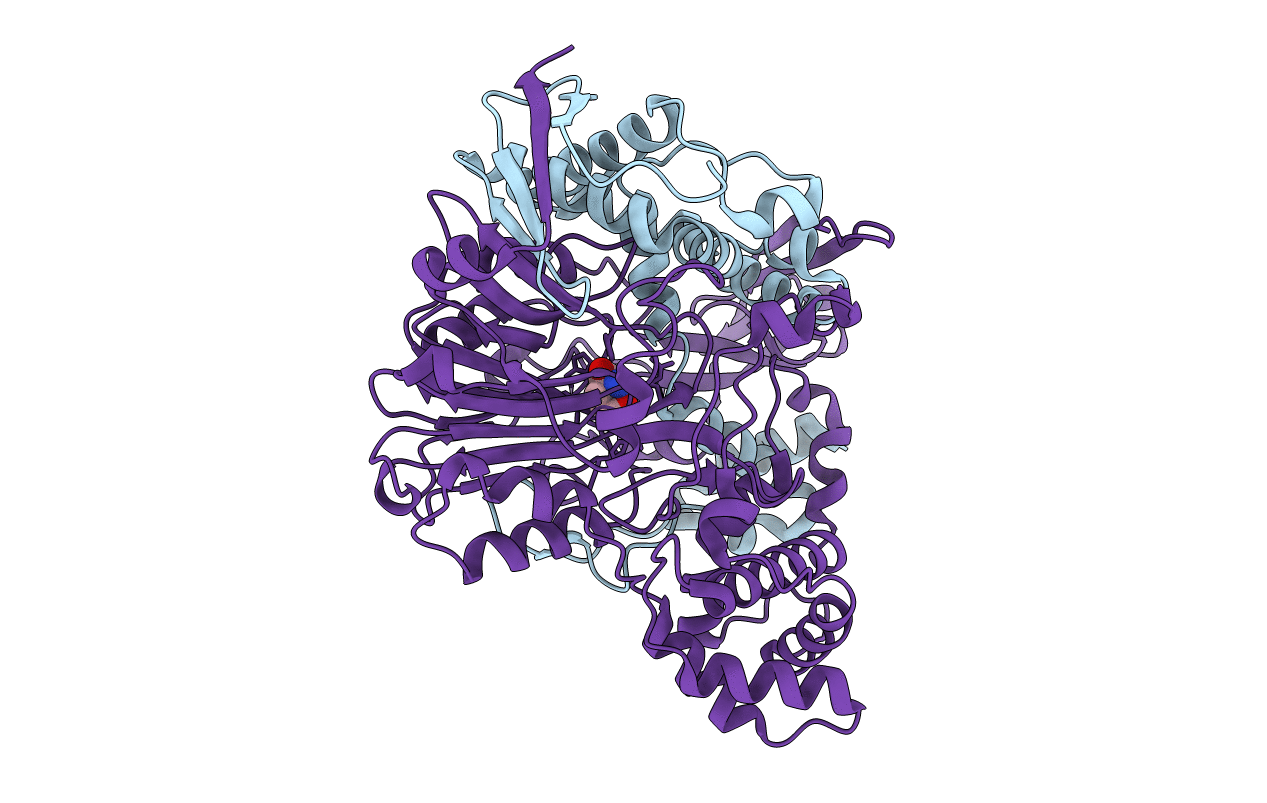
Deposition Date
2012-10-30
Release Date
2013-02-27
Last Version Date
2024-02-28
Entry Detail
PDB ID:
4HST
Keywords:
Title:
Crystal structure of a double mutant of a class III engineered cephalosporin acylase
Biological Source:
Source Organism:
Pseudomonas (Taxon ID: 286)
Host Organism:
Method Details:
Experimental Method:
Resolution:
1.57 Å
R-Value Free:
0.16
R-Value Work:
0.11
R-Value Observed:
0.12
Space Group:
P 21 21 21


